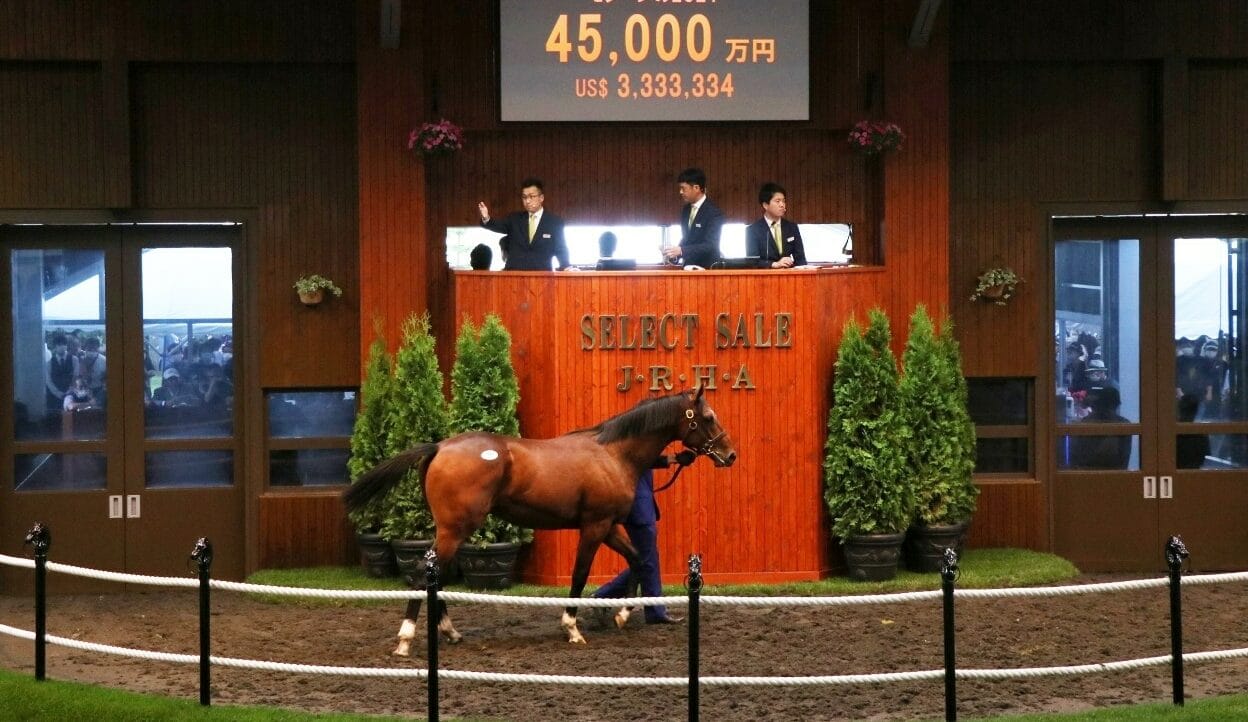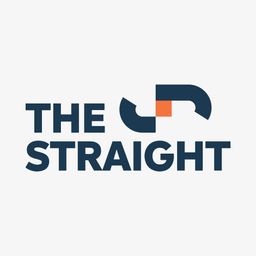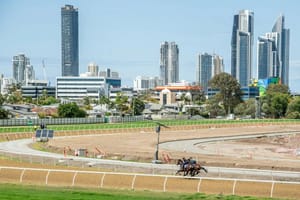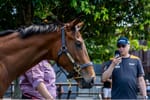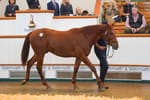When Japan’s major bloodstock event, the JRHA Select Sale, takes place over two days on July 8 and 9, there will be a somewhat surprising lack of Australian representation both in the catalogue and on the buyers’ bench.
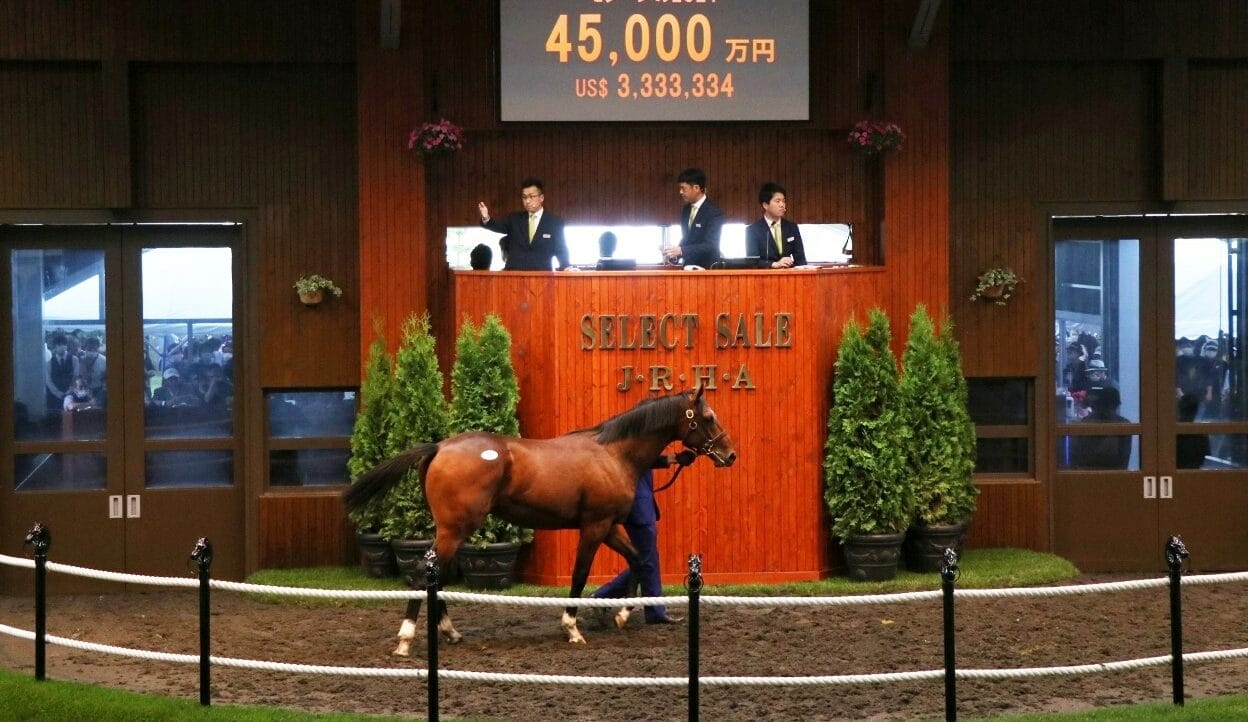
For all the discussion about Australians’ growing obsession with Japanese bloodlines, for 10 individual Japanese-bred Group 1 winners in Australia, for all the success of Maurice, Brave Smash and their ilk in the breeding barn, when it comes to mining from the source, there remains a reluctance from Australian buyers to import young Japanese stock.
The Select Sale, held in Hokkaido, is the best showcase of this young stock. Held over two days, it is a combined yearling and foal sale and this year features 487 lots in its catalogue, 243 yearlings and 244 weanlings.
The progeny of Australian mares have shone at this sale in recent times.
Last year, She Will Reign’s filly foal by Saturnalia sold for 220 million yen (AU$2.3 million). Two years ago, a yearling colt by Maurice out of Australian Group 1 winner Mosheen topped the sale, selling for 450 million yen (AU$4.6 million). In 2021, a foal colt by Lord Kanaloa out of Yankee Rose fetched 370 million yen (AU$3.9 million).
A host of elite Australian mares have been purchased by major Japanese breeders, almost exclusively Northern Farm. That has created plenty of interest in Japanese racing from Australia, chiefly through horses like Liberty Island, a multiple Group 1-winning mare out of Aussie-bred Group 1 winner Yankee Rose.
But this year’s Select Sale catalogue features only five progeny of Australian mares, all of them foals.
She Will Reign’s Kizuna colt (Lot 433) will be a highlight, while Lot 481 is a colt by Rey De Oro out of Driefontein. Nicamorae, the half-sister to Group 1 winners Nicconi and Niconero, has a colt by Japanese megastar Contrail (Lot 412), while the other two are out of lower-profile Australian-bred mares (Lots 327 and 361).
There is also a granddaughter of Mosheen by Lord Kanaloa (Lot 243) in the yearling sale.
Australian-based bloodstock agent Satomi Oka was also surprised when she first picked up the catalogue and saw so few progeny of top Australian mares.
”As you know, the mares don't produce every year. Then they have to go through the selection process,” Oka said. “Then sometimes the breeders of those foals by Australian mares want to keep their foals or yearlings.”
That has certainly been the case with Yankee Rose’s progeny. The prominence of her daughter Liberty Island has seen Northern Farm retain her subsequent two fillies by Kizuna and Contrail, with the now two-year-old named Madison Girl going straight into the Sunday Racing syndication.
Yankee Rose had a colt by Saturnalia this year, and it may be the case that he could be offered as a yearling in 2025, or, like his older half-siblings, head straight to Sunday Racing.
It’s a similar sparse story when it comes to Aussie buyers expected on the sale grounds. Oka is not sure how many will be in Hokkaido next week, but those who do go tend to do it as an experience, and not a serious expedition in bloodstock acquisition.
Two years ago, Michael Kent Jr purchased a filly by Epiphaneia out of a daughter of Mosheen. Named Yachiyo, the now three-year-old is owned by Trilogy Racing and is unraced, having had a couple of jumpouts.
That was a rare foray from an Australian trainer into the Select Sale. Oka said that is understandable given the challenges of sourcing and transporting horses.
“It is a hard sale to buy at for Australian buyers because you want to make sure the horse has got a good confirmation for Australian turf,” she said.
“The other thing is, they are thinking these horses don't have the pedigree that their client recognises, so it’s hard for them to sell on.”

Oka also points out that as a select sale, the sale has historically been quite expensive, the average last year across both books was AU$675,000 while the median was around AU$450,000.
Not that she thinks there aren’t good opportunities. With the Japanese yen at historical lows compared to the Australian dollar, this year makes for unprecedented value in terms of currency conversion.
“It gives an amazing opportunity because the Australian dollar is so strong against the yen,” Oka said.
“Shipping costs are still quite expensive, so that's definitely a massive hurdle, but this year is different with that exchange rate.”
However, she says the Japanese bloodstock market remains strong, making it hard for Australian buyers to get a look in.
The structure of Japanese racing also means that the major consigners, such as Northern Farm and Shadai Farm, take care of everything with a young horse after the sale, right until they get to their trainers. This puts the locals in the drivers’ seat.
In that regard, it is easier to leave them to race in Japan.
But very few Australians get the chance to race horses in the tightly regulated Japanese system.
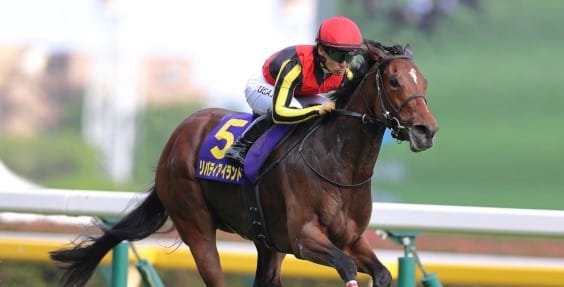
Robert Anderson is one. He purchased a handful of fillies at the Select Sale over the years, the most notable being Sparkle, a three-time winner on home soil, who won twice at Flemington for Danny O’Brien in 2023 in Anderson’s purple, gold and red colours.
Interestingly, there has been only Japanese-bred stakes winner in Australia this current racing season, Warrnambool Cup winner Mystery Island, a 2017 JRHA Select Sale purchase by Robert Roulston.
Obamburumai, the Japanese-raced and bred four-year-old, won the Golden Eagle.

The reality is, that despite the much-publicised Japanese success in Australia, and the Australian mares’ success in Japan, the exchange of bloodstock between the two countries is still relatively limited.
There were 59 horses imported from Japan in 2022/23, up from 40 in 2021/22 and just 16 in the pandemic-impacted 2020/21 season. In terms of imports to Japan, there were 18 leaving Australia in 2022/23, nine the season before that and 12 before that.
“It is a hard sale to buy at for Australian buyers because you want to make sure the horse has got a good confirmation for Australian turf” - Satomi Oka
That’s just over 1 per cent of Australian exports over the last three years and 1.3 per cent of thoroughbreds imported.
The big change has been the influx of Japanese bloodlines to Australasia through sires like Maurice, Brave Smash, Satono Aladdin, Staphanos, Fierce Impact and former shuttlers like Real Impact.
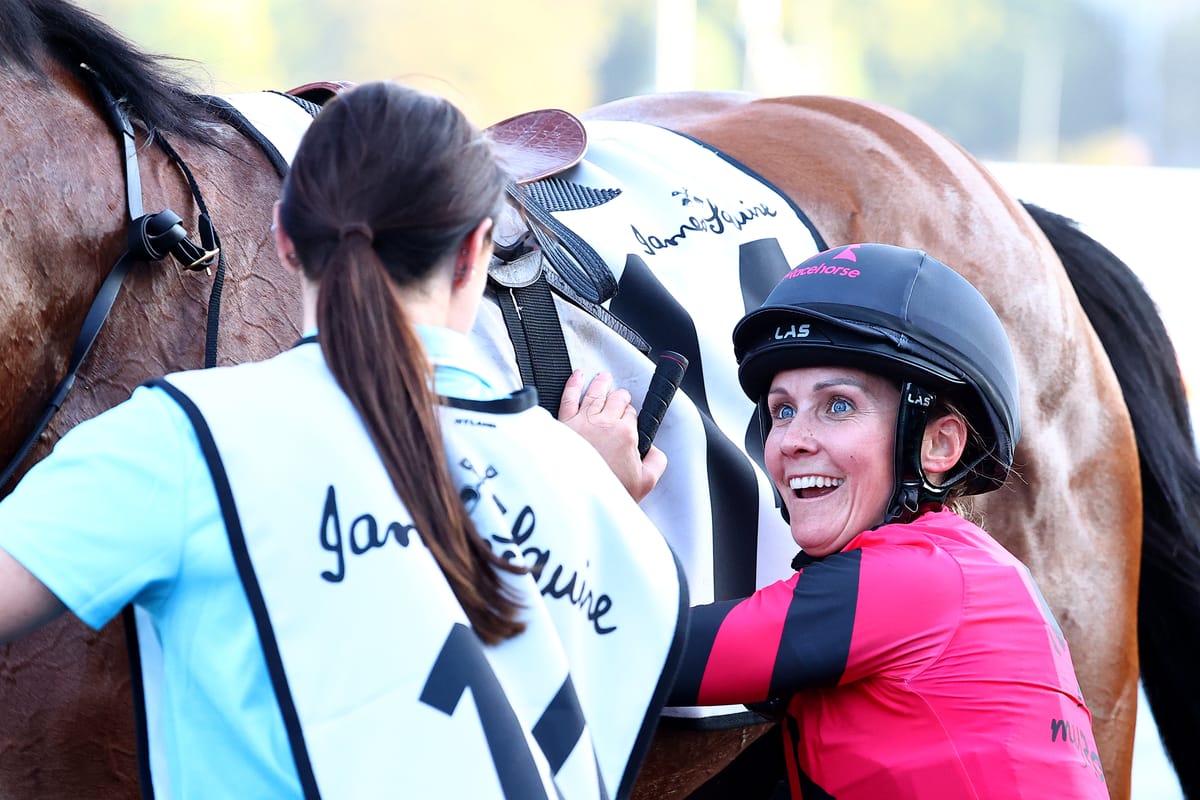
There will be eight Japanese-bred sires on an Australian roster this year and two in New Zealand.
The opportunity to source the young stock of those stallions in Australia, especially in chastened times, is seen as much more advantageous than mining at the source.

